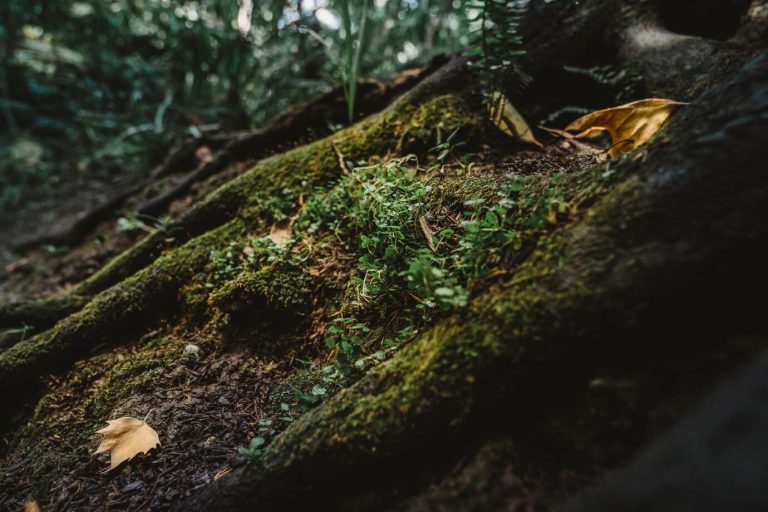Recognizing the Warning Signs of Tree Decline
Trees are a vital part of the environment, providing shade, beauty, and ecological benefits. However, like any living organism, trees can suffer from disease, environmental stress, or structural damage that leads to their decline. Identifying a dying tree early can help prevent potential hazards and allow for proper intervention.
Unusual Changes in Leaves and Foliage
One of the first indicators of a struggling tree is a noticeable change in its leaves. If a tree is shedding leaves at unusual times or has an overall thinning canopy, it could be in distress. Leaves that turn yellow, brown, or show abnormal spots and curling outside of their typical seasonal cycle may indicate disease, dehydration, or nutrient deficiencies.
Brittle or Dead Branches
Healthy trees have flexible branches that bend rather than snap. When branches become dry, brittle, and easily break off, it suggests the tree is no longer receiving sufficient nutrients. Dead branches that lack buds, bark, or greenery are a strong sign of declining health. If an increasing number of branches appear lifeless, the tree may be in serious trouble.
Cracks, Cavities, or Decay in the Trunk
A tree’s trunk serves as its support system, and any significant damage to it can indicate internal decay. Deep cracks, cavities, or peeling bark suggest the tree is struggling to heal from damage. Fungal growth, such as mushrooms sprouting at the base of the trunk, often signals internal rot. If the tree feels hollow or sounds hollow when tapped, its structural integrity may be compromised.
Unstable or Damaged Root System
Roots play a critical role in the overall health of a tree, anchoring it securely and absorbing nutrients from the soil. If a tree shows signs of leaning or has exposed, decaying roots, it may not have the support it needs to remain upright. Fungal growth around the roots, soil upheaval, or a sudden decline in surrounding vegetation can also indicate a failing root system.
Pest Infestations and Disease Symptoms
A tree in decline often attracts pests such as termites, beetles, and borers that accelerate its deterioration. Visible boreholes, sawdust-like residue near the base, or increased insect activity can point to an infestation. Additionally, trees suffering from fungal infections may exhibit cankers, oozing sap, or unusual growths. If multiple trees in an area show similar symptoms, the disease may be spreading.
Lack of New Growth and Weak Structure
A healthy tree produces new growth each year in the form of leaves, buds, and shoots. If a tree has failed to grow new branches or its existing ones appear weak and stunted, it may be dying. Additionally, if previously strong limbs have started drooping or sagging, this could indicate an irreversible decline.
Evaluating the Tree’s Future
When a tree exhibits multiple signs of poor health, it’s essential to assess whether it can be saved. Consulting with an arborist can help determine if corrective measures such as pruning, treatment, or improved soil care can revive the tree. However, if the tree is beyond recovery, removal may be necessary to prevent safety hazards and protect surrounding vegetation.
Detecting a dying tree early provides an opportunity to take action before it becomes a danger. Whether through treatment or removal, addressing the issue promptly ensures a safe and thriving landscape.

